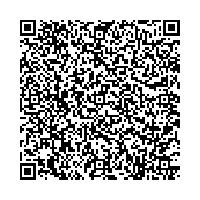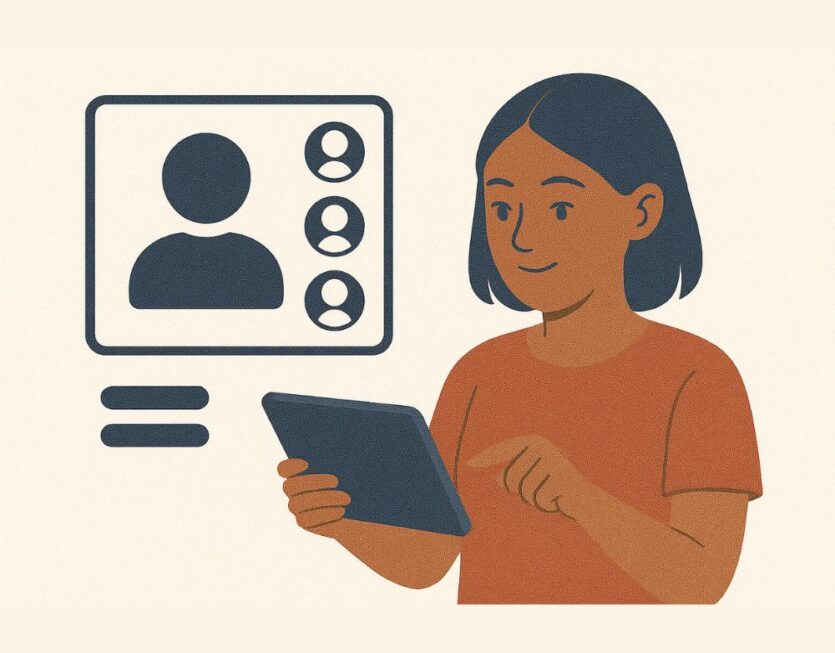CareerMap : Segmenting Job Seekers Using Unsupervised Learning
Project Overview
This project applies clustering algorithms to segment job seekers based on their skills, experience, education level, and career goals. The objective is to group individuals into categories that can help recruiters offer better-targeted opportunities and support services.
Objective
To cluster job seekers into meaningful groups using unsupervised learning, enabling data-driven career matching and personalized job recommendations.
Key Skills Applied
- Data Preprocessing (Handling categorical data, scaling)
- Feature Engineering (Skill encoding, experience binning)
- Clustering Techniques (K-Means, Hierarchical Clustering)
- Dimensionality Reduction (PCA, t-SNE for visualization)
- Model Evaluation (Accuracy, Precision, Recall, F1-Score)
Tools & Libraries Used
Python, Pandas, NumPy, Scikit-learn, Matplotlib, Seaborn
Learning Outcomes
- Learned to work with real-world candidate profile data
- Applied clustering to identify distinct career paths (e.g., entry-level tech, mid-career management, skill-focused specialists)
- Understood how segmentation helps in career guidance and recruitment workflows
- Practiced visualizing high-dimensional clusters for interpretation
Result
Segmented job seekers into [e.g., 4 major groups], helping streamline candidate targeting for training, mentorship, or job placement — such as:
- Early-career generalists
- Tech specialists
- Management-track professionals
- Career switchers/upskillers


